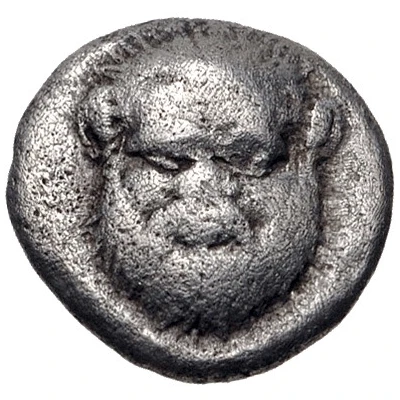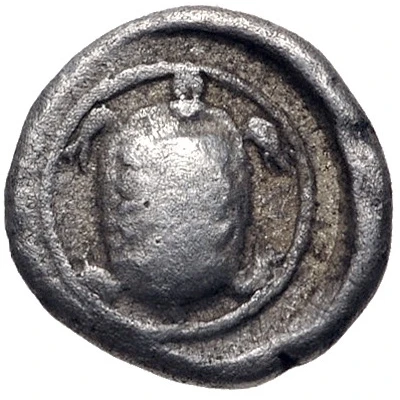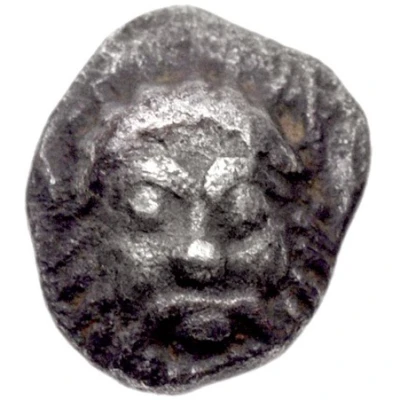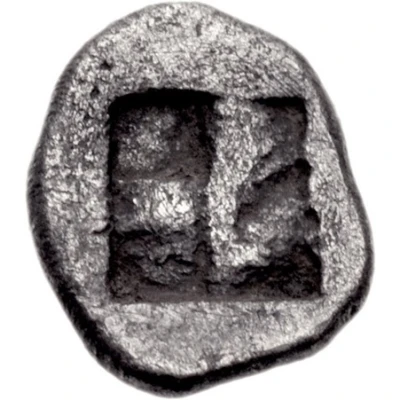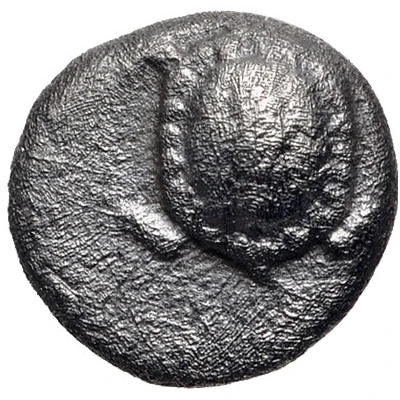
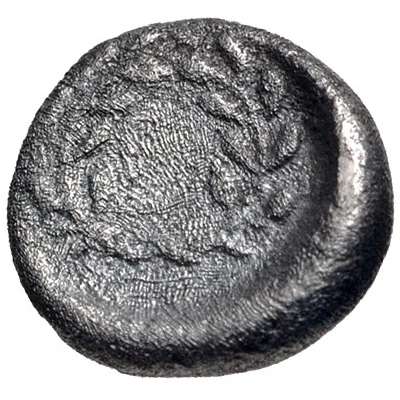

© Classical Numismatic Group, Inc.
Hemiobol 450 BC - 400 BC
| Silver | 0.35 g | 6.5 mm |
| Issuer | Methymna (Lesbos) |
|---|---|
| Type | Standard circulation coin |
| Years | 450 BC - 400 BC |
| Value | Hemiobol (1⁄12) |
| Currency | Drachm |
| Composition | Silver |
| Weight | 0.35 g |
| Diameter | 6.5 mm |
| Shape | Round (irregular) |
| Technique | Hammered, Incuse |
| Demonetized | Yes |
| Updated | 2024-10-10 |
| Numista | N#169125 |
|---|---|
| Rarity index | 97% |
Reverse
Wreath within incuse circle
Interesting fact
The Hemiobol coin was used as a form of currency in ancient Greece, specifically in the city-state of Methymna on the island of Lesbos. The coin's design features the head of a gorgon on one side and an inscription reading "METHYMNA" on the other. The Gorgon was a mythical creature with snakes for hair and the ability to turn people to stone with a single glance, making it a powerful symbol of protection and strength. The use of the Gorgon on the coin may have been intended to convey the idea that the city of Methymna was a place of safety and security.
